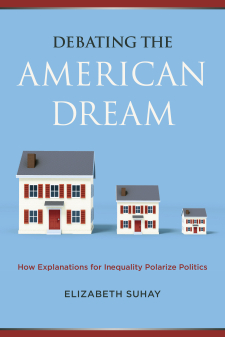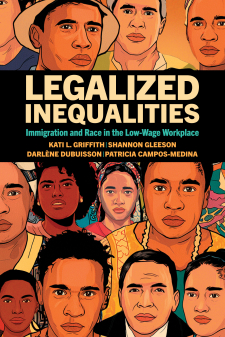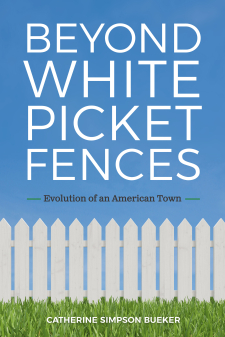COVID-19 and Internal Migration across the Urban-Rural Continuum
Studies of internal migration during the COVID-19 pandemic have focused on the “exodus” from urban areas but are limited by a lack of data. Sociologist Jack DeWaard will use data from the Federal Reserve System/Equifax Consumer Credit Panel (CCP) to study month-to-month migration flows at the census tract level over the course of the pandemic. He will examine: 1) levels of, and changes in, migration; 2) spatial heterogeneity in out-migration across the urban-rural continuum (URC); 3) variation in migration flows across places of origin and destination and cross-classified by geographic distance; 4) return migration; and 5) all of these by income and race. DeWaard will first examine whether and how migration slowed (or not) during COVID-19, compared to previous shocks such as the Great Recession. He hypothesizes that out-migration from urban areas increased during COVID-19 but decreased from suburban areas. He will then examine migration flows: urban-to-urban, urban-to-suburban, urban-to-rural, suburban-to-urban, suburban-to-suburban, suburban-to-rural, rural-to-urban, rural-to-suburban, and rural-to-rural, first in the aggregate and then by geographic distance. He expects to find that urban to-urban migration decreased, that urban-to-suburban and urban-to-rural migration increased, and that most are relatively short distances.





